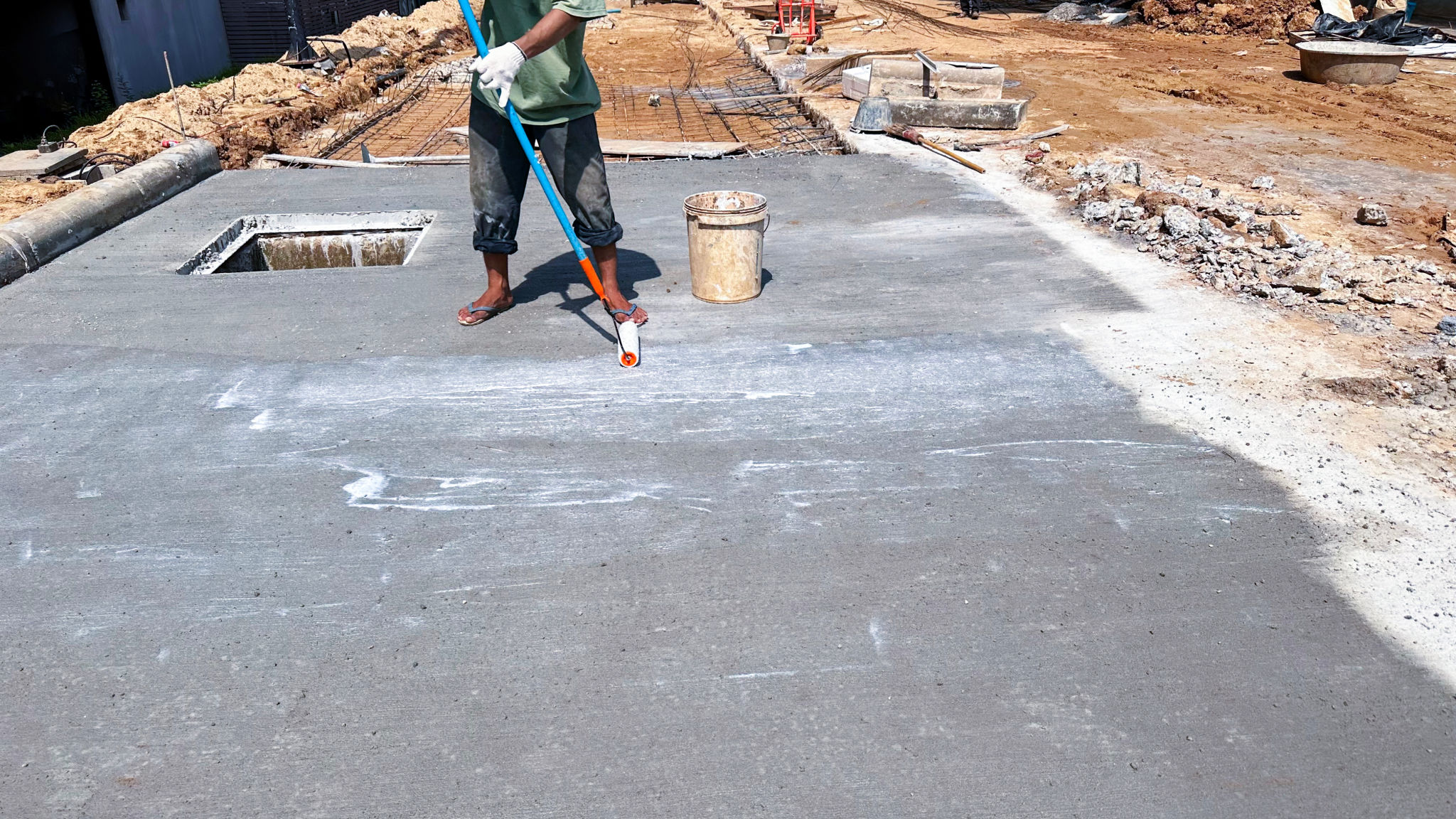Common Painting Mistakes and How to Avoid Them
Introduction to Common Painting Mistakes
Painting a room or piece of furniture can be a satisfying and transformative project. However, it's easy to fall into some common pitfalls that can hinder the final results. Whether you're an experienced painter or a DIY enthusiast, understanding these mistakes and learning how to avoid them can ensure a smooth and successful painting experience.
Skipping the Prep Work
One of the most frequent mistakes is neglecting the prep work. Proper preparation is crucial for achieving a professional finish. This includes cleaning the surfaces, removing any dust or grime, and filling in holes or cracks. Skipping these steps can result in uneven paint application and a less durable finish.
Before you start painting, make sure to gather all necessary supplies, such as sandpaper, primer, and painter's tape. Taking the time to prepare will save you from headaches down the line and ensure your paint job lasts longer.

Choosing the Wrong Paint
Selecting the right paint for your project is essential. Many people overlook the importance of paint type and finish, which can lead to disappointment. For instance, using a flat paint in high-traffic areas can result in marks and scuffs that are difficult to clean. On the other hand, glossy finishes can highlight imperfections on walls.
Consider the space you are painting and its purpose. For bathrooms and kitchens, opt for moisture-resistant paints, while matte finishes are ideal for areas with less traffic. Consult with paint specialists if you're unsure which type to choose.
Not Using Primer
Another common error is skipping the primer, especially when repainting darker colors or transitioning to a lighter shade. Primer ensures that the paint adheres better to the surface and provides a consistent base color, reducing the number of coats needed.

Investing in a good quality primer can make a significant difference in the outcome of your project. Some paints come with built-in primers, but it’s worth double-checking if a separate primer is recommended for your specific situation.
Improper Application Techniques
The way you apply paint can dramatically affect the final appearance. Beginners often apply too much paint on their brushes or rollers, leading to drips and uneven layers. Conversely, using too little paint can cause streaks and patchiness.
For best results, use long, smooth strokes with moderate pressure. Keep a wet edge by working in small sections and blending each new stroke into the previous one to avoid visible lines.

Ignoring Environmental Factors
Environmental factors, such as temperature and humidity, play a crucial role in how paint dries and adheres. Painting in extreme temperatures or high humidity can cause paint to dry too quickly or not adhere properly, resulting in an uneven finish.
Check weather conditions before starting your project. Ideally, paint when temperatures are between 50°F and 85°F (10°C and 29°C) and humidity levels are moderate. This will help ensure that your paint dries evenly and adheres well.
Conclusion
Avoiding these common painting mistakes can make a significant difference in your project's outcome. By dedicating time to proper preparation, choosing the right materials, and being mindful of application techniques, you can achieve a professional-looking finish that enhances any space. Remember, patience and attention to detail are key to a successful painting experience.
